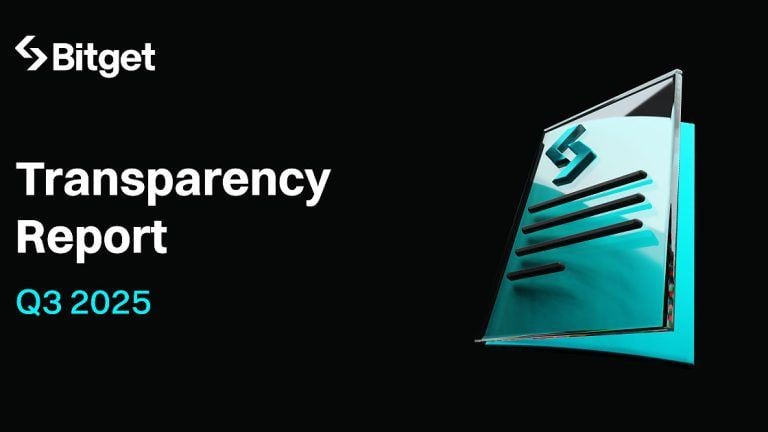Congress created new PABs, so why is no one using them?
6 min read
More than a year after Congress took the rare step of extending a popular infrastructure financing tool into two new markets, no cities or states have tapped the tools.
There’s a mix of factors to blame, market participants said. Legislative ambiguity has made bond counsel tentative about confirming the federal interest will be tax-exempt. One of the two statutes has a “pretty serious glitch” that needs to be resolved. And caps on state private activity bond volume pose a perennial constraint, while rising interest rates dampened issuance generally last year across the muni bond market.
Guidance from Treasury could help make bond attorneys more comfortable with the new programs, which in turn may make bankers start to pitch the deals to cities and states and build a pipeline in the future.
The 2021 Infrastructure Investment and Jobs Act for the first time authorized issuers to float private activity bonds to finance broadband projects and carbon dioxide capture facilities starting in 2022.
Before the IIJA, Congress last created significant new bond categories 17 years ago with the American Recovery and Reinvestment Act with Build America Bonds, among others.
“We’ve gotten a lot of questions from issuers and underwriters about both of these two types of bonds,” said Matthias Edrich, a tax partner at Kutak Rock LLP. “Everyone is in the stage of trying to structure a deal to see if they can work under the existing rules,” he said. “These are great programs and they should be very useful to issuers. It’s just that we’re still a little early and we need more time to work through everything.”
PABs are a popular tool issued by governmental entities with the proceeds loaned to a private or nongovernmental entity, offering a lower cost of capital to finance projects in sectors like transportation and housing. The Biden administration’s move to extend the PABs into two new markets of broadband and carbon-capture projects reflects its efforts to bring high-speed internet to every American and encourage more climate-friendly infrastructure projects like carbon capture.
The programs opened for issuance in January 2022, but so far, it appears that no issuers have taken advantage of the new tool.
“Glitch” in the statute
Carbon capture works by either separating CO2 from industrial or power plant emissions or, in what’s called direct-air capture, removing the emissions directly from the atmosphere. Federal subsidies in the IIJA as well as the Inflation Reduction Act have created a mini-boom in the industry, with more than 120 projects planned around the country, according to some estimates.
But the IIJA statute enabling PABs to be issued for carbon-capture projects features what one attorney called a “pretty serious glitch” that’s prevented many potential projects from taking advantage of the new financing tool.
The law seems to require eligible borrowers to include carbon storage in the project, as opposed to just capturing and diverting or eliminating the emissions, said attorneys.
“For people that had wanted to do projects other than just inject the carbon into the ground, most of the projects are on hold,” said an attorney who asked not to be named.
Certainty is essential for bond counsel to render an opinion that federal interest on the bonds is tax exempt, said the attorney. “In a lot of cases, there’s a waiting period because of the level of confidence you need to render an opinion. So, you don’t want to do anything until Treasury takes a position.”
Edrich said the carbon-capture deals he’s currently working on involve storage-less facilities.
“In all other respects, they should qualify,” he said. “It’s a mechanical problem in the statute that’s causing some hesitation.”
Edrich noted that the issue may be addressed with additional Treasury guidance, as the Internal Revenue Service’s 2022-2023 Priority Guidance Plan names guidance on the carbon capture PABs as one of its 205 projects. There’s no timeline for when the guidance would be published.
Treasury was relatively quick to issue implementation guidance with Build America Bonds, noted Ballard Spahr attorney Marybeth Orsini.
“In the bond area, I think people think the more guidance the better, especially with new programs,” Orsini said.
The abundant availability of federal subsidies for carbon capture projects, like tax incentives and credits, may also be a reason for why some issuers have shied away from floating PABs, said market participants.
Broadband bonds
Cities and towns for years have searched for ways to finance and build broadband infrastructure. PABs could be a useful tool for municipalities looking to shift some of the long-term financial risk onto the private sector via public-private partnerships.
The IIJA allocated $65 billion to broadband infrastructure, including the $600 million broadband PABs program. Under the program, proceeds would be loaned to private companies that are responsible for repayment over the long term.
Those interested in the program have to navigate a complex thicket of restrictions.
For example, applicants need to determine the existing broadband coverage of potential areas and prove that after the project is complete, a majority of residences and businesses now have access to high-speed internet and that 90% of them could not have received access to previous minimum speeds prior to the project. A qualified area is on one in which at least 50% of the residential households do not have access to high-speed service, according to law firm Holland & Knight.
The rules “require significant due diligence and understanding around who the local internet providers are and where the networks already exist, and that’s typically outside the day-to-day work” of bond issuers, said Katie Kramer, Vice President of the Council of Development Finance Agencies.
“It’s a complicated set of requirements that’s going to take a while,” Kramer said.
An attorney who’s working on what will likely be the nation’s first broadband PABs deal said they’re working to structure the deal as conservatively as possible to meet all the guidelines.
“We’re trying to get to a structure that works,” the attorney said. “The deal may end up falling apart; it’s still pretty early in the process.”
The project calls for the developer to repay the PABs from payments from telecom providers who use the network. The PABs and other subsidies help with capital costs, but the long-term revenue stream is less certain, market participants said.
“It’s always tough when you’re providing a service or a commodity to people who need it but can’t afford it,” the lawyer said.
The program may become more popular once the Federal Communications Commission releases a map outlining the “dark spots” in the nation’s broadband infrastructure, said Edrich.
Volume cap, uncertain market
For Kramer, the big issue stalling both the broadband and carbon-capture programs is already-strained volume cap.
Congress limits the amount of PABs that states can issue every year – the so-called volume cap, which is adjusted annually – though some categories, like Veterans’ Mortgage Revenue Bonds, are exempted entirely from the volume cap. The states often hit their ceiling annually in part because they allocate their volume cap among agencies and cities.
In recognition of the issue, the broadband and carbon capture bonds are 75% exempt from volume cap, a relatively rare move that is aimed at bringing some relief for states that want to encourage the projects but already see high demand eating into their volume cap. If the broadband project is owned by the government, the bonds will be entirely exempt from the volume cap.
Despite the attempt at flexibility, the popularity of PABs, especially for housing projects, means there’s not much room for any new deals even with the 75% exemption, Kramer said.
“There’s just not enough volume cap to go around right now,” she said.
The issuance of PABs has been rising since 2009 and hit an all-time high of $30.5 billion in 2019, according to the CDFA. Exempt facilities were the most popular category for PABs in 2020, a category that includes multi-family housing bonds, solid waste disposal, sewage and water facilities and other types, the CDFA said. California reported in 2020 that bond issuers applied for $8.5 billion in debt, more than double the $4.1 billion cap.
Finally, the muni bond market itself endured a rocky 2022 with anemic issuance due to rising interest rates and volatility that may have contributed to reluctance to tap the new IIJA programs.
“What we’re hearing from our members is there’s just market confusion and a little hesitancy right now, and that makes its way down to deal flow,” Kramer said. “Some of the calls have nothing to do with the specificity of private activity bonds in the IIJA and are just development finance agencies who want to make sure they understand the future of what the bond market looks like.”







